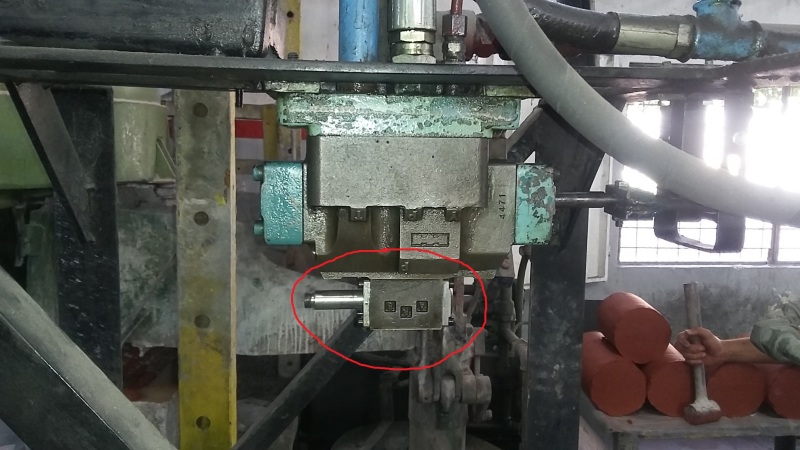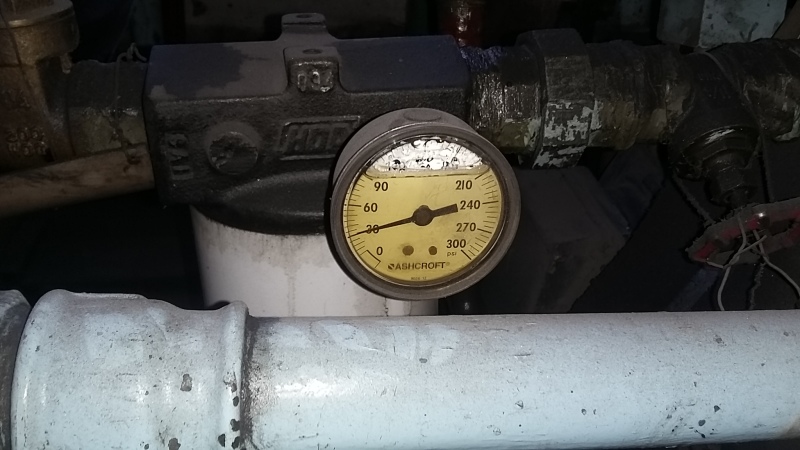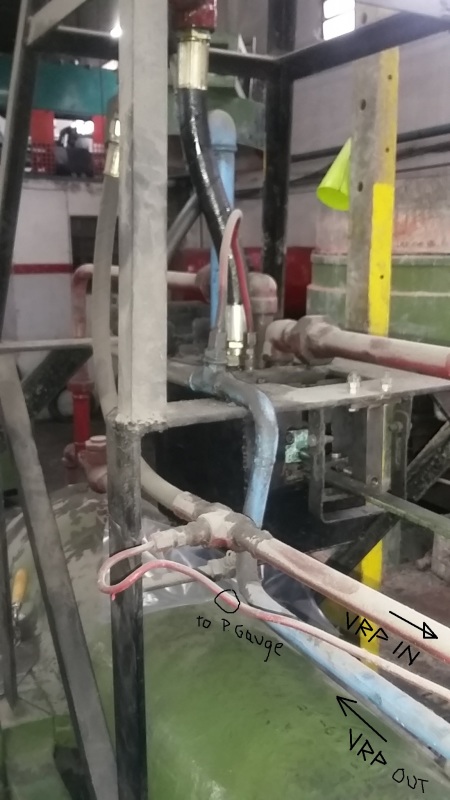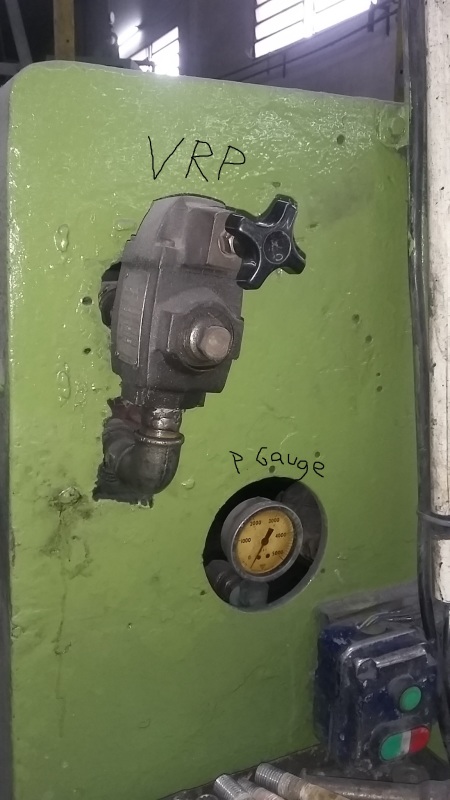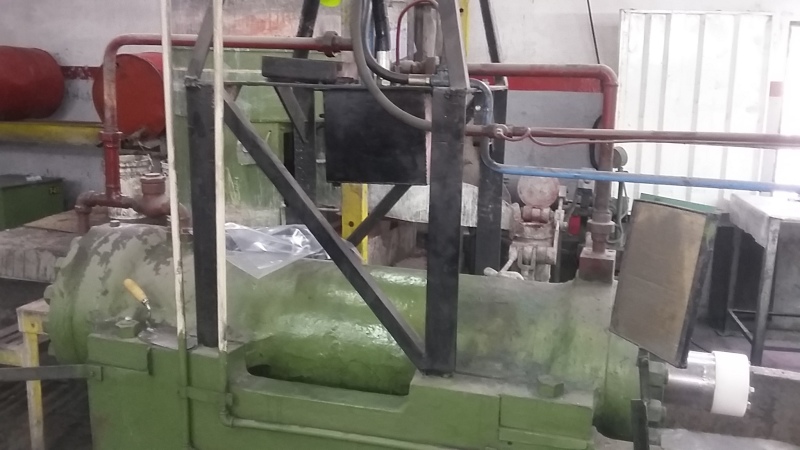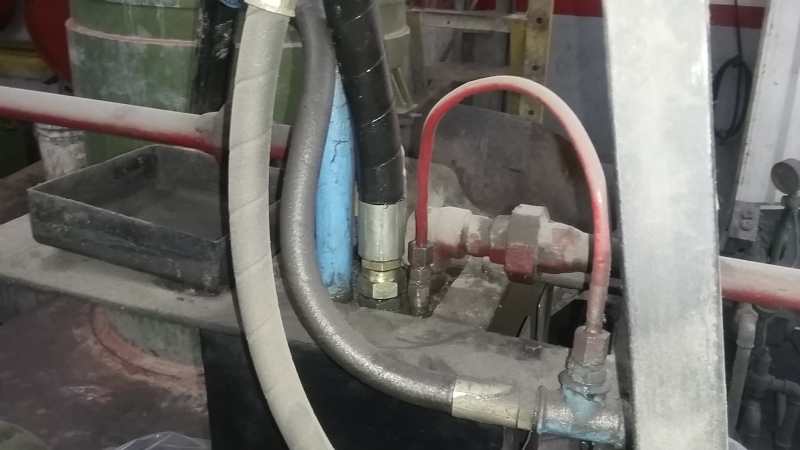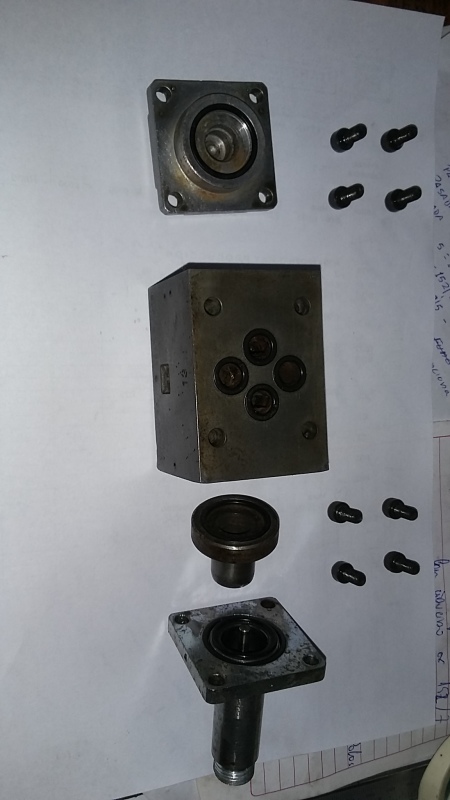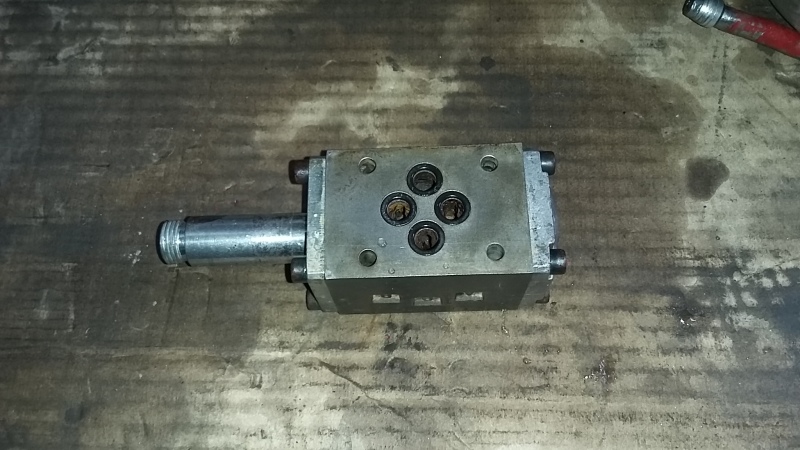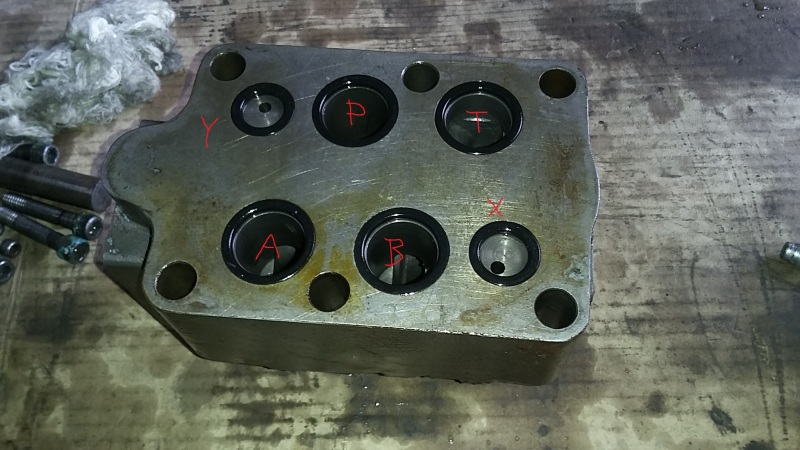lukin1977
Mechanical
- Jan 19, 2009
- 397
Please help me solve a problem in a double acting cylinder system
The system is very simple. An oil pump, a directional valve (manually operated ) and the cylinder
Normal operation: valve position es moved by hand (lever) to forward or reverse and the cylinder moves accordingly. One can release the lever at any of those position and the valve stays in it
Problem: Valve is put in forward, cylinder moves forward
valve is put in reverse and the cylinder moves reveres but the operator has to strongly hold the lever because if he release the lever the valve position goes back to forward and so the cylinder goes forward too
Hope my explanation is clear
According to your experience, what is the problem? Internal wear of the directional valve? What should we do?
The system is very simple. An oil pump, a directional valve (manually operated ) and the cylinder
Normal operation: valve position es moved by hand (lever) to forward or reverse and the cylinder moves accordingly. One can release the lever at any of those position and the valve stays in it
Problem: Valve is put in forward, cylinder moves forward
valve is put in reverse and the cylinder moves reveres but the operator has to strongly hold the lever because if he release the lever the valve position goes back to forward and so the cylinder goes forward too
Hope my explanation is clear
According to your experience, what is the problem? Internal wear of the directional valve? What should we do?

